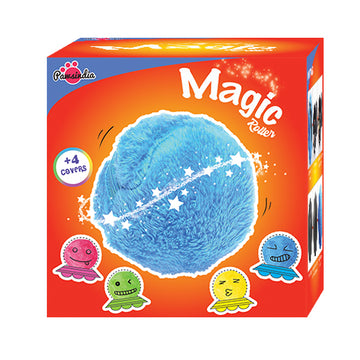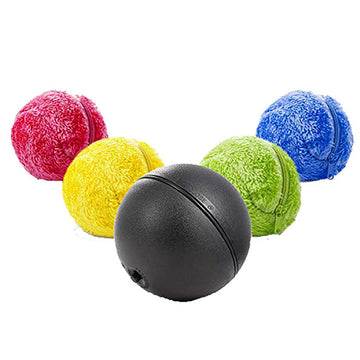Persian Cat

Persian Cat
| Origin: |
|
Iran |
| Breed Highlighs: |
|
Long hair, docile body, flat nose and watery eyes are the main highlights of this breed. |
| Weight: |
|
7-12 pounds |
| Height: |
|
Male: 10-15 inches Female: 10-14 inches |
| Life Expectancy: |
| 12 – 17 years |
| Litter Size: |
| 3-6 kittens |
| Breed Appearance: |
|
The Persian is the glamor puss of the cat world. Their beautiful, flowing coat, sweet face and calm personality have combined to make them the most popular cat breed. They are high maintenance and have some health issues, but for many their looks and personality overcome those drawbacks. |
| History: |
|
The Persian is an old breed. Its origination is marked in Mesopotamia which was later called as Persia (modern day Iran).The breed’s long hair was probably the result of a natural mutation, and its striking appearance attracted the attention of 17 th - century Italian nobleman and world traveler Pietro Della Valle, who is credited with bringing the first longhaired cats to Europe in 1626. At that time, the cats had shiny, silky gray fur, but thanks to selective breeding Persians are now found in a kaleidoscope of colors, including bi-color (a color plus white). |
| Originally: |
|
Persian cat is one of the oldest known breeds of cat. The early history isn’t entirely known although it is generally accepted that the early cats came from Persia (now Iran) and Turkey. Italian traveler Pietro Della Valle (1586 – 1652) is credited with bringing the first Persian cats back to Europe, arriving in his homeland of Italy in 1620 with them. |
| Currently Used As: |
|
Persian cats are currently used as pet. |
| Training: |
|
Soft hearted Persians are fussy about rude behavior. Make sure you never yell or fuss. For first few weeks they need extra love, care and attention. Baby talk to the kittens. This will help them socialize and bond with humans. |
| Health&Care: |
|
Persians have hereditary health issues that can be a concern. They include polycystic kidney disease (PKD), progressive retinal atrophy (PRA), hypertrophic cardiomyopathy (HCM), bladder stones, cystitis (bladder infections), and liver shunts. Responsible breeders take steps to avoid these problems. |
| Living Condition: |
|
Persian are one of the most domesticated of all cats. They should not be treated as outdoors cats. They gel well with the apartment culture and become vulnerable when exposed to the outside dirt because of their flat nose. |
| Excersie: |
|
Persians being quiet by nature need more motivation for physical activity. They require more interactive toys, like the good old-fashioned ribbon on a string. Spend a few minutes per day playing with them to keep them fit and help maintain yourbond. Few toys like, remote control mice and laser pointers are irresistible so you try it to make them chase. |
| Grooming: |
|
Persians demand more grooming than any other breed. Their long hair needs regular maintenance- combing, brushing, bathing and clipping. Preciseness of products- shampoo similar to coat’s hair, long nail clipper and soft bristled brush is important in the process of grooming. |
| Pros: |
|
Persians are even- tempered and calm by nature. They are adapt well with transfers or additions in family. These cats are mostly quiet and have melodious voice. Usually comfortable indoors. |
| Cons: |
|
Grooming this cat is must. Long hair needs combing on daily basis to prevent matting. Weekly bathing is required to maintain their shiny coat. They are prone to breathing and digestion problems. Persians don’t like to be left alone for long periods, its better if there's another pet living with you too that will provide company when you're not there. |












